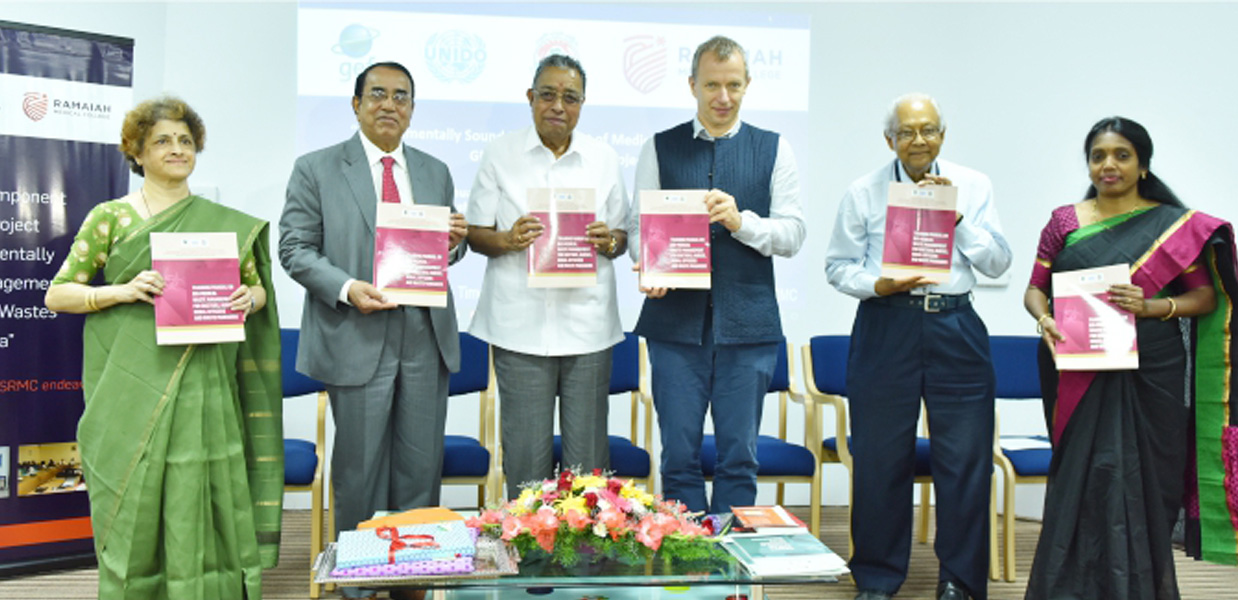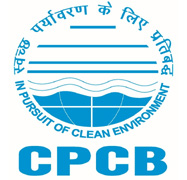



Bio-medical waste is hazardous because it has the potential to spread infection, and to generate and release high levels of unintentionally produced persistent organic pollutants or UP-POPs. It is for this reason that segregation of bio-medical waste at source is at the crux of bio-medical waste management as only about 15% to 20% of waste is infectious in nature.
The quantum of medical waste that is generated in India is estimated to be 250-400 gm per bed per day in a hospital, and 200-300 g per bed per day in a general practitioners’ clinic. For example, a 100- bedded hospital will generate about 40 kg of hospital waste per day.
India is a party to Stockholm Convention on un-intentionally produced persistent organic pollutants since May 2002. Post ratification of the Convention in 2006, a National Implementation Plan was developed as per Article 5 of the Convention, which required India to continue minimization and, where feasible, ultimate elimination of releases from unintentional production of chemicals listed in Annex C of the Convention.
It is in this context that the project on ‘Environmentally Sound Management of Medical Wastes in India or (ESMWI)’ has been approved by Global Environment facility (GEF). The Ministry of Environment, Forests and Climate Change, Government of India is the national executing agency, and the United Nations Industrial Development Organization (UNIDO) is the implementing agency.
The main activities of the project included:
1. Baseline Survey: Detailed situation analysis vis-à-vis the Stockholm Convention requirements was carried out for 168 healthcare facilities and 57 common biomedical waste treatment facilities.
2. Revised regulatory framework and enforcement: The National Committee at MoEFCC has been constituted for framing of the revised Biomedical Waste Management Rules. UNIDO was instrumental in formulation and drafting of the following rules and guidelines through technical consultation and advisory roles:
3. Guidelines developed: Guidelines for Bar Code System and for the Common Bio-medical Waste Treatment and Disposal Facilities.
4. Infrastructure strengthening: 168 healthcare facilities provided with 5,402 sets of bins of each red, yellow, blue, white and green bins; 778 waste collection trolleys; 25 Microwave thermal disinfection equipment; 20 medical waste plastic shredders for de-contaminated microwaved plastics; high-quality Personal Protective Equipment (PPEs), medical waste weighing scales, medical waste collection plastic bags/liners and bar code equipment/bar codes.
5. Common Bio-medical Waste Treatment Facility (CBMWTFs): Secondary chamber of the 5 identified CBMWTF incinerators up-graded to achieve reduction of PCDD/F.
6. Technical capacity building/Skill Development: 3,899 medical, paramedical and support personnel were trained in five project states; 304 trainers were trained in Train of Trainers workshops; 149 training workshops were conducted on handling and management of medical waste; and training on operations and basic maintenance of microwave and medical waste plastic shredder provided.
7. Knowledge Awareness Products development:Training manuals in English and five vernacular languages along with Hindi; videos, project website, posters, banners and e- learning module developed; walkathons and national webinars organized.
8. Establishment of Best Available Techniques/Best Environmental Practices: Multiple Series Sterility testing exercise was conducted on the microwaves provided under the project. Study conducted in collaboration with Central Institute of Petrochemicals Engineering & Technology for physico-chemical analysis of the microwaved plastics. Domestic Market Analysis study conducted for strengthening of indigenous manufacturing capacity.
9. COVID-19 initiative: A video on management of infectious COVID-19 wastes prepared and released on MoEFCC, UNIDO and MSRMC&H Website. Community studies were carried out for disposal of masks and gloves. Project states reported significantly reduced number of COVID-19 infection due to handling of infected medical waste in the project healthcare facilities.